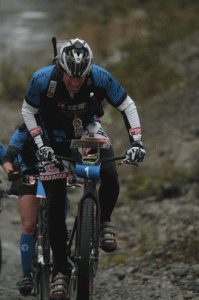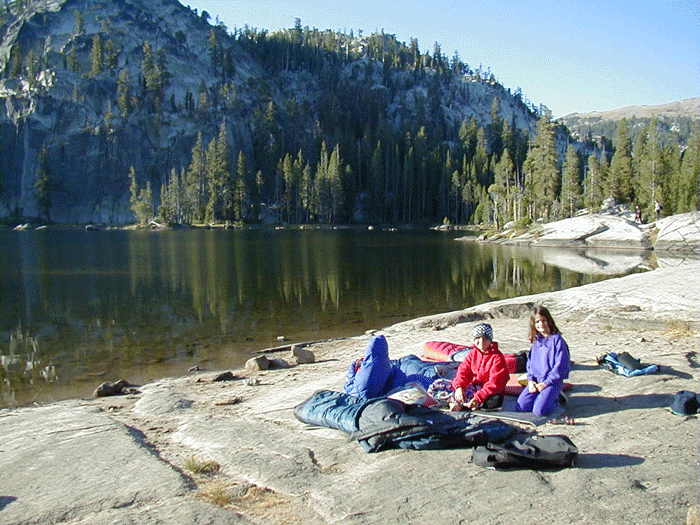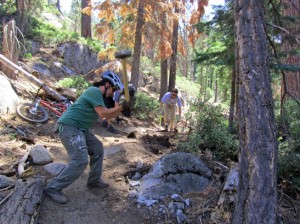- Tahoe’s Nevada Beach Tops the List of Hard-to-Book Campgrounds - 07/17/2024
- Cannabis Watershed Protection Program Cleans Up Illegal Grow Sites - 07/10/2024
- French Fire - 07/05/2024
Five Strategies for Surviving the Holidays
By Paul Romero
For many outdoor athletes, the temptation is strong to go into semi-hibernation during the winter months. Nobody chooses to do this, but it just becomes the path of least resistance as the weather gets colder and the holiday season tempts us to “eat, drink, and be merry” with friends and family on a near daily basis.
Unfortunately, the more we eat, the less energy we have. As a result, our motivation to get out there and get some quality exercise starts to wane, and working out becomes an afterthought, or is put on the back burner entirely. Just about everyone I know struggles with this problem to some extent every year.
Of course, this leads to a harsh buzz kill come springtime, as we try to pull our favorite cycling jersey down over a muffin top that didn’t use to be there (or at least used to be quite a bit smaller)!
An increase in body fat is not the only downside of spending your winter on the sidelines. The fact is, we all like to go outside and play at a high level, but most of us cannot rebound quickly after spending a few months watching TV and drinking dark beer. Come spring we will be highly motivated to go on a long trail run or a three-hour mountain bike ride, but the base fitness will not be there to perform well “off the couch,” and the chance for a real setback in terms of an injury will increase dramatically.
If I’ve painted a gloomy picture, it’s because a realistic assessment and a proactive approach are the best ways to beat the holiday sedentary blues. What follows are five detailed strategies for maintaining winter fitness. Feel free to use these and any other tried-and-true motivational tips you might have. Whatever it takes!
1) Think Input vs. Output: Unless you’re preparing to go on a South Pole expedition, make a conscious effort to eat a reasonable amount every day. Tailor the amount you eat to the size and volume of your workouts.
2) Get Your BMR (Basal Metabolic Rate) Assessed: This is a measure of how many calories it takes for you to eat, breathe, and just exist in the course of a day. This will help you understand your metabolism a bit more clearly, and gauge how excessive your eating habits may be. These BMR tests are usually free (or cheap) at your local fitness center.
3) Think About Liquid Calories as Well: Soda, beer, cocktails, eggnog, juice—these libations always run high in carbs. Unless you are in full-blown training mode, they will certainly add pounds. Also, it would be criminal to NOT insert here that artificial sweeteners make you fat. Don’t ever touch diet drinks. Drink water!
4) Reduce Your Daily Intake of Stress: Work, family, life, what ever, take measures to just chill. This reduces Cortisol, which seems to have a connection to fat storage. Chill out and stay lean. The recent studies on the links between stress and obesity are well worth looking into, and this includes getting enough quality sleep.
5) Nix the Overdose of Grains: The one freakin’ thing that could bring our obese society back from the brink of health disaster would be to drastically reduce our intake of this food group. I won’t go too far on a Paleo tangent here, but I challenge anyone reading this to reduce the intake of bread and pasta and watch what happens. Your fat and inflammation will shrink right before your eyes.
Paul Romero is a professional adventure racer, guide, and coach for endurance athletes. He was featured in Issue #68 for climbing Mt. Everest with his son, Jordan and his partner, Karen. Check out adventuresportsjournal.com/climbing/lessons-from-everest to read the article.















